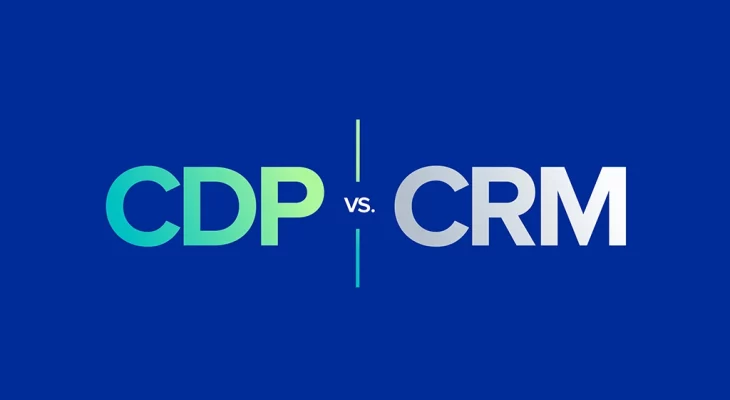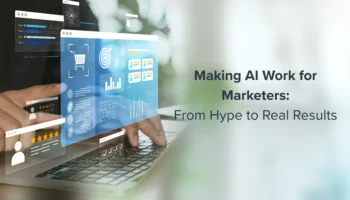Limitations to marketers: CDP vs. CRM
CRM: Customer Relationship Management systems were designed to store customer engagement information, but not to activate it. They can’t make data available in real-time because they can’t rapidly ingest large volumes of data, process that data, or unify different data types, especially when that data has different identifiers.
They also offer minimal system access and control to marketers. Furthermore, CRM systems only work with known users, typically those that have an email address and customer ID. In today’s cross-channel landscape, marketers need cross-device identity resolution that includes anonymous identifiers. By not capturing cross-channel identities and related channel data, CRM systems miss customers on key channels and can’t engage anonymous customers who are further up the funnel.
CDP: Fluff and gimmicks are the biggest limitations to marketers searching for a CDP. Many organizations have flung together a solution that is a “kinda” CDP, some CDPs might not meet all of your marketing needs, and others require tons of expensive add ons and require significant engineering resources. The explosion of the CDP market has led to tons of these CDP imposters popping up, but have no fear! We’ve created our CDP RFP Template to help you identify your needs and run a successful CDP search (for free, available to download now).
Marketers don’t need yet another system to simply store customer data. They need a system that makes their data actionable and connected across channels, platforms, and devices to make their marketing smarter and more effective. Legacy data platforms (like CRMs) haven’t provided marketers with the control, flexibility, speed, insight, and connectivity they require to be successful. Within a future-proofed tech stack, CRMs can exist, but they’re not an end-to-end solution. Most businesses today find to leverage CRMs successfully, they have to route that data into a CDP. (And in many cases, the CDP ends up replacing the CRM). But even within the CDP space, there are solutions that will not meet all of marketers’ needs. The future of marketing (and the end game of CDPs) is the SmartHub CDP.
The SmartHub CDP connects applications around a deep customer understanding and uses it to direct interactions in real-time, enabling brands to deliver relevant, connected experiences throughout the omnichannel journey. If you’re interested in learning more about what makes our Smarthub CDP different, connect with one of our CDP experts, today.



